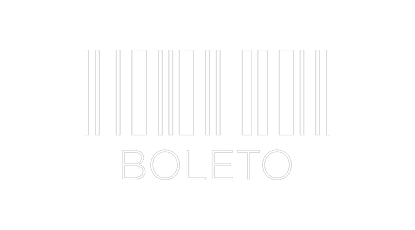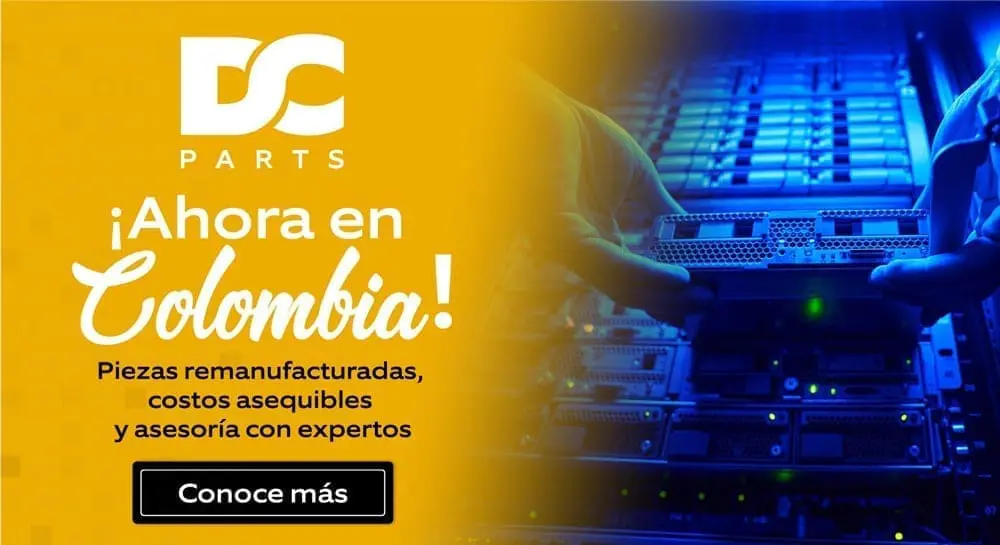It seems we can’t find what you’re looking for. Perhaps searching can help.
Manutenção de hardware
A manutenção de hardware é uma parte essencial da gestão de infraestrutura de TI de uma organização, garantindo o funcionamento confiável e eficiente dos equipamentos. Aqui estão algumas práticas importantes de manutenção de hardware:
1. **Limpeza Regular**: Poeira e sujeira podem acumular-se nos componentes internos dos equipamentos, causando superaquecimento e reduzindo a vida útil dos dispositivos. Realize limpezas periódicas utilizando ar comprimido e panos antiestáticos para remover poeira e sujeira.
2. **Atualizações de Firmware e Drivers**: Mantenha o firmware e os drivers dos dispositivos atualizados. As atualizações frequentemente incluem correções de bugs, melhorias de desempenho e patches de segurança importantes para proteger contra vulnerabilidades.
3. **Monitoramento de Temperatura e Umidade**: Instale sensores de temperatura e umidade para monitorar as condições ambientais dentro dos gabinetes de equipamentos. Mantenha as temperaturas dentro dos limites recomendados pelos fabricantes para evitar superaquecimento e danos aos componentes.
4. **Substituição de Peças Desgastadas**: Componentes como ventiladores, fontes de alimentação e discos rígidos podem desgastar-se ao longo do tempo e precisar de substituição. Mantenha um estoque de peças sobressalentes e substitua-as conforme necessário para evitar falhas inesperadas.
5. **Verificação de Conexões e Cabos**: Verifique regularmente todas as conexões de cabos para garantir que estejam firmemente conectadas e não danificadas. Cabos soltos ou danificados podem causar problemas de conexão e afetar o desempenho do equipamento.
6. **Testes de Hardware**: Execute testes de diagnóstico regulares nos dispositivos para identificar problemas de hardware potenciais. Muitos fabricantes oferecem ferramentas de teste de hardware que podem ajudar a detectar e corrigir problemas antes que se tornem críticos.
7. **Planejamento de Substituição**: Desenvolva um plano de ciclo de vida de hardware para determinar quando os equipamentos devem ser substituídos com base na idade, desempenho e obsolescência. Isso ajuda a evitar falhas inesperadas e garante que os equipamentos estejam sempre atualizados.
8. **Documentação e Rastreamento**: Mantenha registros detalhados de todos os equipamentos de hardware, incluindo datas de compra, garantias, atualizações de firmware e histórico de manutenção. Isso facilita o rastreamento do estado e do desempenho de cada dispositivo ao longo do tempo.
Ao implementar essas práticas de manutenção de hardware, as organizações podem garantir que seus equipamentos de TI funcionem de forma confiável e eficiente, minimizando o risco de falhas e interrupções não planejadas.







